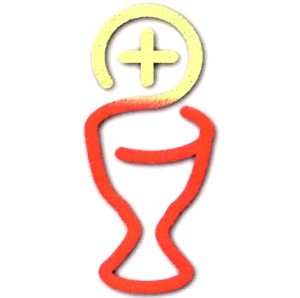This is essentially a Native American prayer set to music by legendary jazz composer Bob Chilcott. I had to learn this piece thoroughly (and quickly) for a weekend of conductor training with Sing for Pleasure. As you are probably aware, indigenous American, Australian and New Zealand people do not have deities in the way that orthodox eastern and western religions do. Instead they worship the Great Spirit present in the natural world, with a pantheistic reverence for nature and all that lives. The text is:
- Give me the strength to walk the soft earth.
- Give me the eyes to see and the strength to understand,
- That I might be like you.
- With your power only can I face the winds.
- All over the Earth we all are alike.
- Look upon these faces of children without number,
- and with children in their arms.
- With your power only can they face the winds
- And walk the good road to the day of quiet.
During the Middle Ages when the English kings led crusades to convert others to Christianity by force, those peoples more in touch with their environments prayed for inner strength to walk the soft earth, and I’m sure also to walk the earth softly. They did not want to stumble around blind to natural wonder. They knew that we are all alike, and we need grace to withstand the buffeting of life. They understood their duty to live well and with respect for others.
I was required to convey all this to my singers in just one short sentence and then get on with the business of teaching all five voice parts for the harmonies and then using my conducting gestures to draw out the meaning through musicality and musicianship. It was tough!
Imagine using one hand to beat a precise and accurate 4-beat pattern at a steady metronomic pace. Now imagine using the other hand in constant rounded movement to convey the ebb and flow of the music through each phrase at the same time. It’s a bit like drawing an anchor shape with one hand and a figure-8 with the other. In Choral music the voice parts start at different times, drop out and restart. It is for the conductor to signal these entries and exits with whichever hand is nearest to the singers in question. As if that isn’t quite enough to think about, the conductor must use his/her face to express the mood of the music – a facial expression of grim concentration is not allowed, and will impact badly on the music! As well as all this, the conductor’s mouth should be open, and making the vowel shapes required from the singers throughout the text.
I survived the course, and have plenty of “homework” to attend to before I attend the next one!
You can hear a recording of “Of One aaccord” singing “Give Me Strength” here: https://www.youtube.com/watch?v=-wlSuImeg2w
Carol P
